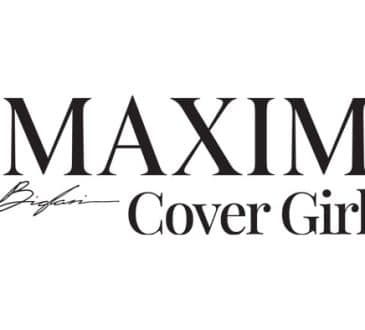5 Things You Should Know About Traditional Chinese Fashion
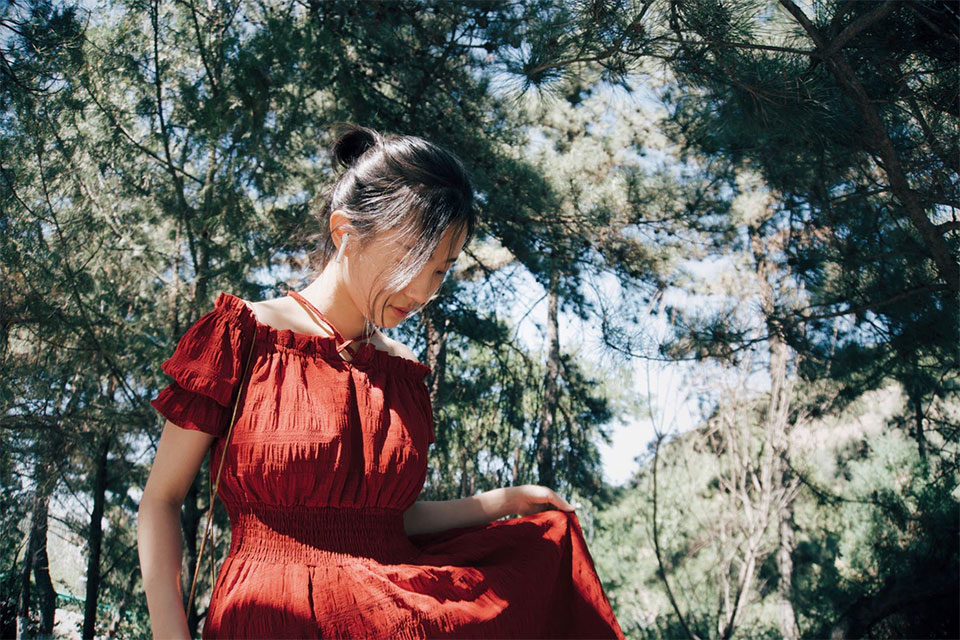
One of the best ways to know about the history, customs, and people of a country is to know about their fashion sense from that period. China is no different. Traditional China is a land of myth, folklore, adventures, and symbolism, all of which are closely related and depicted in their clothing and fashion.
In the present article, we will be talking about the 5 things that you should know about traditional Chinese fashion. From ascertaining your place in the society to letting others know of the rank you hold, the Chinese were very particular about what they wore and how they were depicted.
- Dragons and Emperors: Symbol of power and prestige
Dragon related patterns were exclusive to the royal family. In Chinese culture, dragons are the supreme creature. They combine the best of nature with supernatural powers and raise their lore to an almost mythical status. Thus, it is but natural that something so special is reserved for the highest office in the land, the king. Only the emperor and the princes wore dragons on their clothing. A tradition that continues to this day, dragons are regarded as supreme beings and face of the nation.
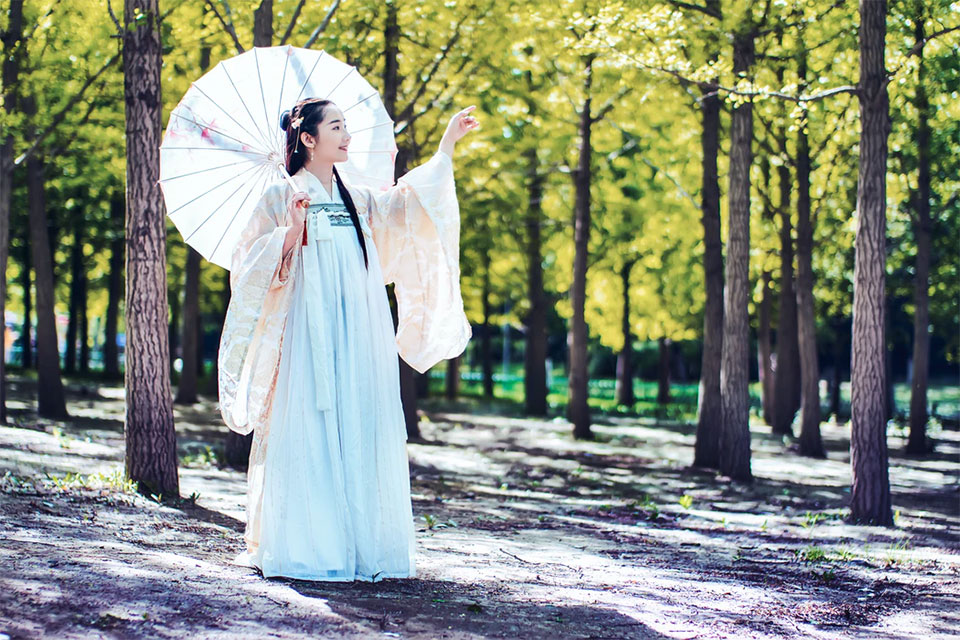
- The importance of headdresses: Rank, status, and age
Men wore hats and women wore their hair with ornamental decorations. And these varied with their age, rank, and status in the royal court. The king and the queen wore the grandest and noblest headdresses while the ministers and military leaders wore hats that suited and depicted their trade.
Men started wearing hats by the time they reached 20 years of age; women started wearing ornaments as headdresses by the same age. As they advanced in life and rose in status, so did their hats. Not having a headdress was considered to be either informal behavior or a state of distress, again, depending on the place and time. - Empresses and concubines: Symbolism and culture
Phoenixes are pairing partners of dragons in Chinese culture. It is but natural that the queens and concubines of the king be identified with this symbol. The phoenix is not only a mythical bird but is also hailed as the savior of those in true need of help. This was the depiction of the duties of these women, to help their king in any way during his time of need.
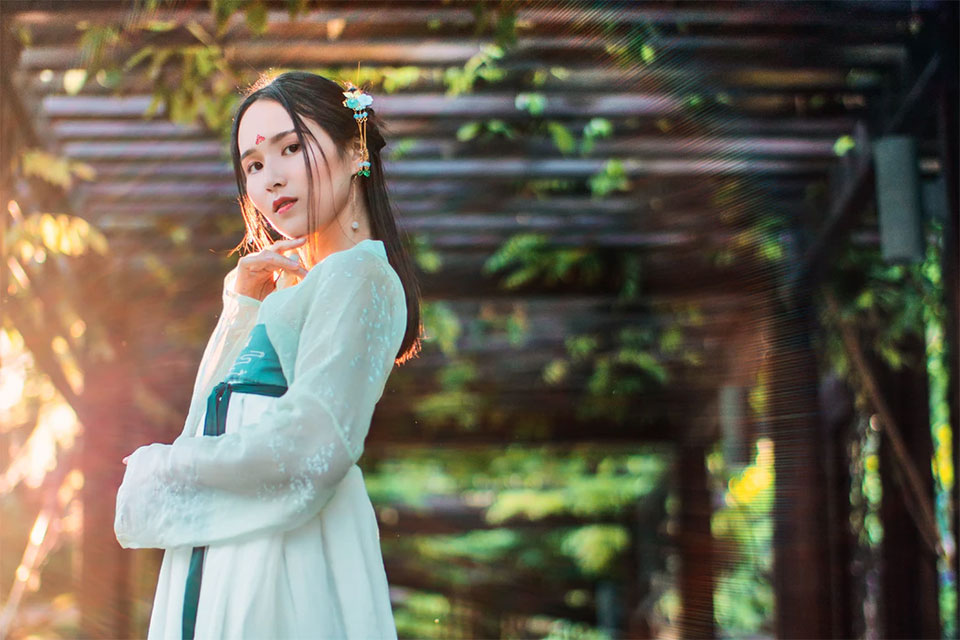
The Chinese culture has always been heavy on symbolism and mysticism; the fashion sense of the nation was also highly affected by its culture. The people in the state were expected to dress according to their roles in society. - Accessories and ornaments: Social symbol
There were rules and restrictions regarding clothing and accessories in ancient China. Certain ornaments and precious stones were reserved for the royal family. Also, silver was more popular than gold in China. Rubies, pearls, diamonds were worn as a symbol of affluence and used as a gift on inauspicious occasions. One could easily determine the social status of an individual by the ornaments he or she adorned.
Jade was the most stone. Even today, jade is regarded as the superior of diamond and platinum in China. The royal family wore this stone. The reason why jade is so highly regarded is its unique quality to get better with time. The older the stone, the more precious and beautiful it becomes. - Embroidery on clothes: From courts to the battlefield
Peacocks and cranes were for courts, while ferocious animals were for the military. The greater the animal embroidery on clothes, the higher was the rank of the person in the army. Just like the dragon was reserved for the king, ferocious animals were reserved for the military. It embodied the fighting spirit of the men in the army. The higher the rank, the higher the respect they earned. Animals like horses, rhinos, tigers, lion, etc. were used to show the spirit and valor of the wearer.
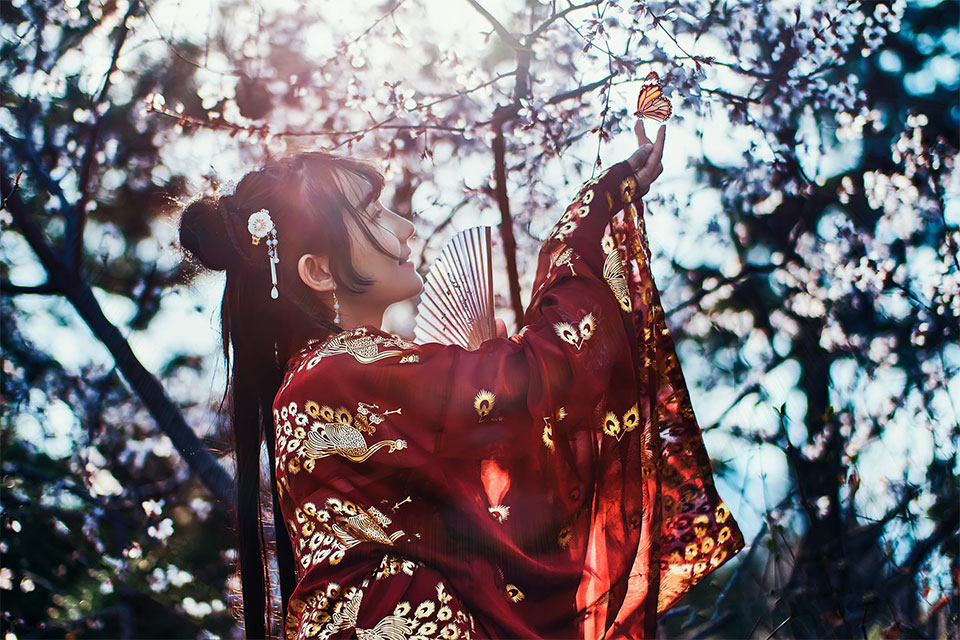
These animals were also used to depict the wing of the army they represented: horses were the cavalry, and the wolves were special soldiers and so on. One of the oldest Chinese beliefs is that assigning a spirit animal to a person helps them in finding and attaining their true goal in life.
Bring the best of the CEOWORLD magazine's global journalism to audiences in the United States and around the world. - Add CEOWORLD magazine to your Google News feed.
Follow CEOWORLD magazine headlines on: Google News, LinkedIn, Twitter, and Facebook.
Copyright 2025 The CEOWORLD magazine. All rights reserved. This material (and any extract from it) must not be copied, redistributed or placed on any website, without CEOWORLD magazine' prior written consent. For media queries, please contact: info@ceoworld.biz




